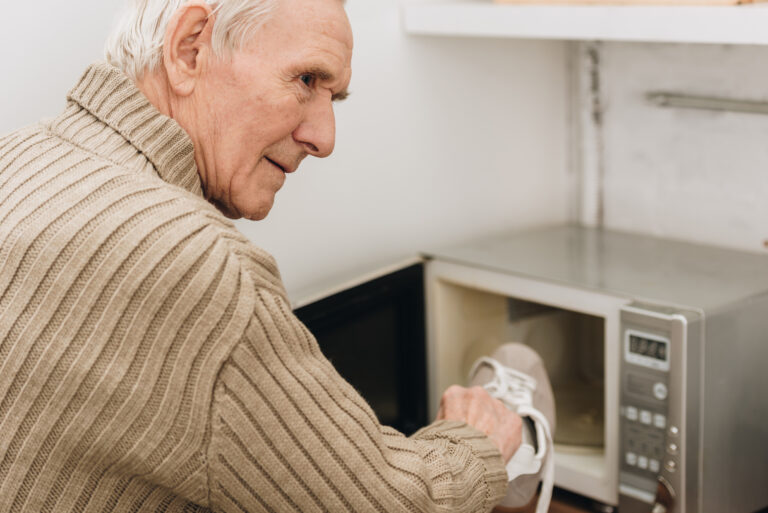Alzheimer’s disease is a progressive brain disorder that affects millions of people worldwide. It causes memory loss, confusion, and difficulty with daily tasks, making it challenging for individuals to live independently. As a friend or family member of someone with Alzheimer’s, it can be heartbreaking to see them struggle with simple things like remembering important appointments or taking their medication.
One way to assist a person with Alzheimer’s is by using reminder notes. These are written or visual cues that can help jog their memory and keep them on track with daily activities. In this article, we will discuss how to use reminder notes effectively to support a person with Alzheimer’s and promote their independence.
1. Understand the individual’s needs
The first step in helping a person with Alzheimer’s use reminder notes is to understand their specific needs and limitations. Every person with Alzheimer’s is different, and their memory loss may affect them differently. For example, some individuals may have trouble remembering appointments, while others may have difficulty recalling names or places.
It’s essential to talk to the person with Alzheimer’s and their caregiver to understand the areas where they need help the most. This will help you create reminder notes that are tailored to their needs and preferences.
2. Keep it simple
Reminder notes should be simple and easy to understand. Use short and straightforward sentences, avoid using complex words, and use large font sizes for better visibility. The goal is to make the notes as clear and concise as possible, so the individual can quickly glance at them and understand what they need to do.
3. Use visual cues
For people with Alzheimer’s, visual cues can be more effective than written notes. Use pictures or symbols to represent tasks like taking medication or going for a walk. You can also use color-coded notes for different activities to make them more distinguishable.
Visual cues can also help trigger memories for individuals with Alzheimer’s. For example, if they used to work as a teacher, you could use a picture of a classroom to remind them of their past profession.
4. Place the notes in visible areas
For reminder notes to be effective, they need to be placed in visible areas where the individual can see them easily. These can be on the refrigerator, bathroom mirror, or the front door. Placing multiple notes in different areas can also serve as a backup if one note is missed.
5. Be consistent
Consistency is key when it comes to using reminder notes for people with Alzheimer’s. Make sure to place the notes in the same spot every day, and use the same format for all notes. This will help the individual develop a routine and become familiar with the notes’ placement and format.
6. Use alarms or timers
In addition to reminder notes, you can also use alarms or timers to help the individual remember important tasks. Set an alarm for medication times or use a timer to remind them to take breaks while doing chores. You can also record a voice memo on their phone to remind them of important appointments or events.
7. Provide positive reinforcement
Using reminder notes may take some time for a person with Alzheimer’s to get used to. It’s crucial to provide positive reinforcement and praise when they successfully complete a task with the help of a reminder note. This will boost their confidence and encourage them to continue using the notes.
8. Reevaluate and adjust
As Alzheimer’s is a progressive disease, it’s essential to reevaluate and adjust the reminder notes as needed. The individual’s needs may change over time, and certain activities may become more challenging for them. Regularly checking in with the person and their caregiver will help you make necessary adjustments to the notes.
In conclusion, helping a person with Alzheimer’s use reminder notes can significantly improve their quality of life and promote their independence. Understanding their needs, keeping it simple, using visual cues, being consistent, and providing positive reinforcement are key factors in making reminder notes effective. Remember to be patient and compassionate as individuals with Alzheimer’s may struggle with using reminder notes at first, but with time and consistency, they can become a valuable tool for supporting them in their daily activities.





